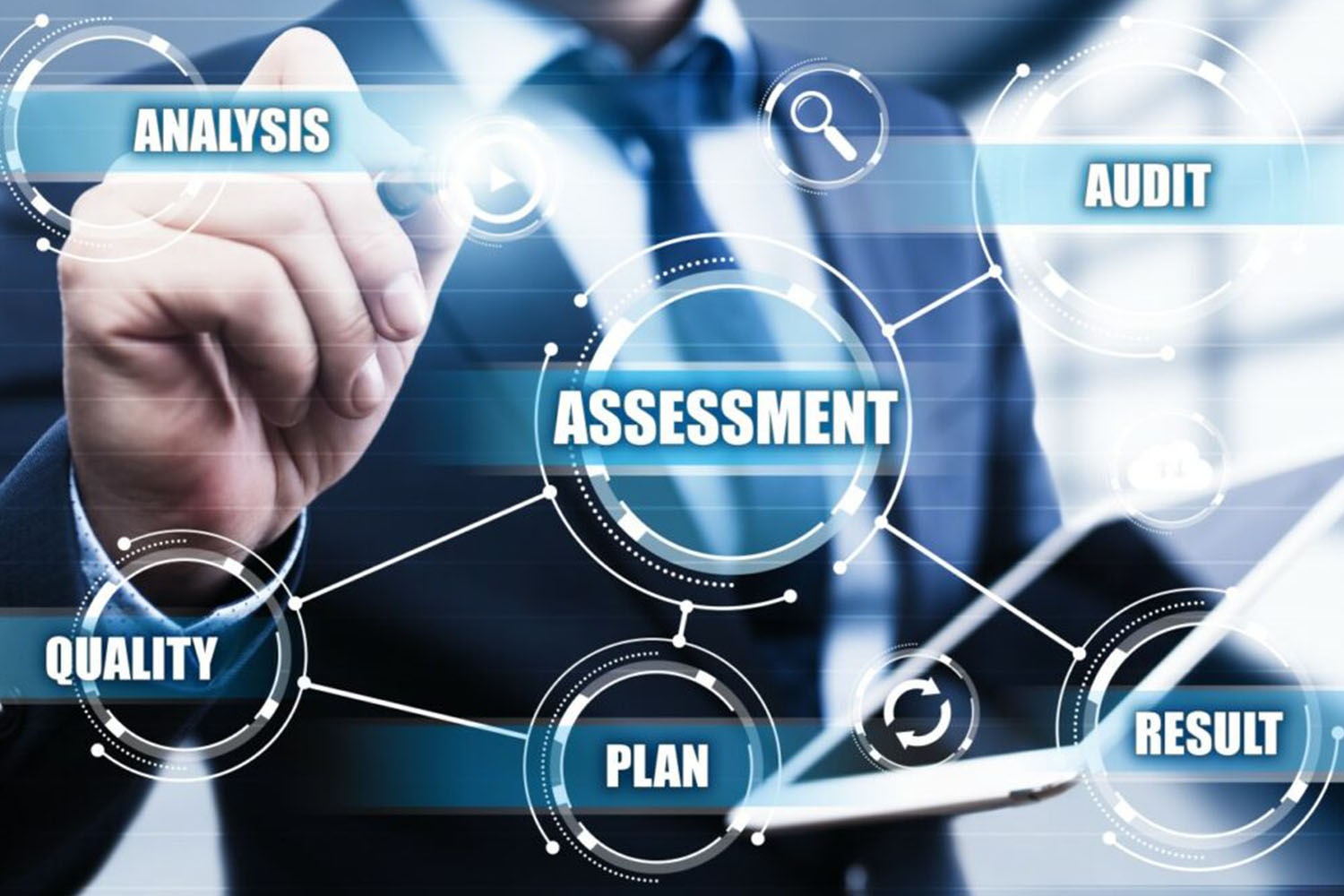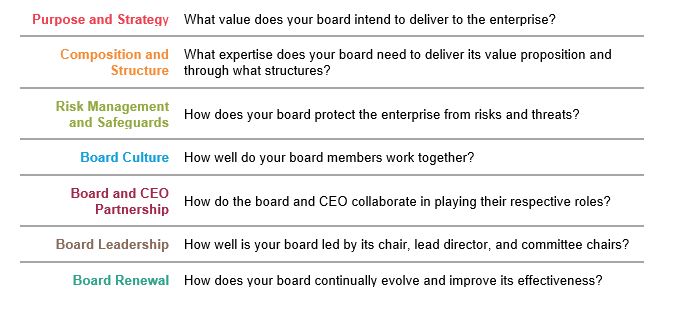Evaluating Your Board: Seven Areas to Assess

Conducting an annual evaluation of the board is a requirement of all public listed companies on the New York Stock Exchange and is a strongly encouraged best practice in governance by regulatory bodies throughout the world. The most conscientious and progressive board leaders have moved well beyond a simple check-the-box compliance approach to a more rigorous process that is aimed at identifying ways the board can continually enhance the contribution it makes to the organization it is governing. Additionally, many boards are embracing the best-practice recommendation of using an outside facilitator every two to three years to ensure an objective and comprehensive process.
Much has been written and is readily accessible on the Internet about how boards can conduct a proper evaluation. Despite the available guidance, a joint study conducted by RHR International and NYSE Governance Services called Sustaining Boardroom Performance: How Great Boards Stay Great, found that only 46% of the 620 directors surveyed reported their board’s evaluation process was very effective. To assist boards in doing evaluations that are effective in identifying opportunities to improve their effectiveness, we engaged in a broad review of evaluation practices and developed an approach that combines survey and interview methodologies to address seven important areas of board functioning. Whether you use an outside facilitator or not, below are seven areas to include in your board evaluation and a key question to answer in each area.

How to Proceed
The steps in setting up a best-practice board evaluation are outlined in How to Conduct a Proper Board Evaluation. A thorough board evaluation should address each of the seven governance dimensions and the key questions above through a combination of survey items (which enable year-over-year comparisons) and confidential interviews with each board member. Input from members of the management team who have exposure to the board can also be valuable in assessing board and committee effectiveness. In addition to these seven dimensions, a good board evaluation can also include specific topics that are relevant to the unique context of the company. Confidentiality is very critical to a proper board evaluation in order to maximize candor and the best data.
An emerging best practice in board evaluation is the inclusion of individual director feedback so that each board member can receive constructive input about how they can maximize their contributions as a director in the future. In the NYSE/RHR study referenced above, 90% of directors said that they would want to receive feedback about their individual performance as a director but only 39% of them reported that they received that feedback.
By addressing each of these seven areas with a focus on how improvement can be made in full board, committee, and individual director effectiveness, boards can ensure that their impact and influence on the organization they are charged with guiding helps the enterprise succeed in the performance of its mission and objectives.
This article was originally published on the Corporate Board Member website.









